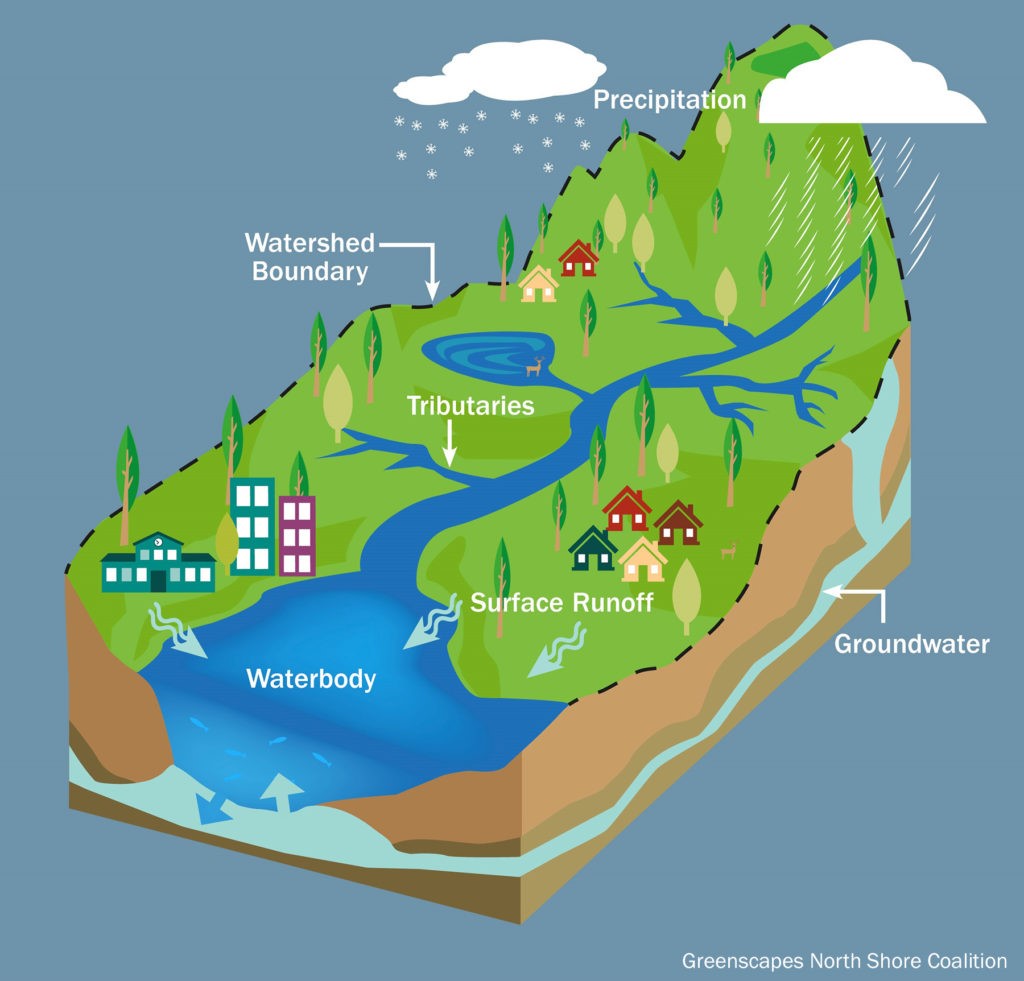Investigative Phenomena: How does the population of benthic macroinvertebrates impact the local ecosystem’s food web? What do certain indicator species tell us about the water quality?
Benthic macroinvertebrates are tiny insects that live at the bottom of many water bodies and like to hide in aquatic plants. They can be collected, sorted, and identified to infer stream health. Certain indicator species like mayfly larva can only be found in good water quality with high levels of oxygen. Species like leeches are more tolerant and can be found in good, fair, or poor quality water. Since macroinvertebrate sampling does not involve chemical tests, we refer to it as a biological indicator of water quality.
Next Generation Science Standards
Performance Expectation: MS-LS2-1.
Science and Engineering Practices: Analyzing and Interpreting Data
Disciplinary Core Ideas: LS2.A: Interdependent Relationships in Ecosystems
Crosscutting Concepts: Cause and Effect

Each scientific project has protocols and steps that need to be followed to make sure we account for scientific accuracy.
To view the list of projects that have been completed within Fresh to Salt: Flowing Together, click the button below. Students and community members can use this available data to compare with their project data. Analyzing trends within a watershed can give us clues to the overall health of the watershed.
Students are currently busy in the classroom and out in the field collecting data as part of our pilot year. As their projects wrap up, we will post their results and you will be able to access them here.
